Tag: 1900s
-

A Meme from the Past
Once in a while, the archives offer moments of exhilaration, when the sources depict something surprising, unusual, or simply strange. Sometimes these feelings can stem from finding some familiarity where you didn’t expect it to exist. That was the case when I encountered the set of drawings above in a student scrapbook from 1903 at…
-
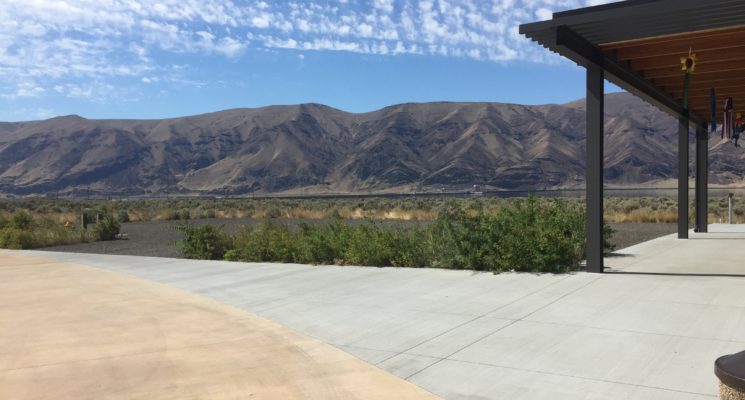
Museums on the United States’ Atomic Frontier
5211 miles. In the distance that runs roughly from London to Karachi, Pakistan, I spent the summer of 2016 driving across the western half of the United States to visit six atomic sites. Each site was integral in the production of the US nuclear arsenal during World War II and the Cold War. While I…
-
How do you write?
Door Timo Bolt In mijn vorige bijdrage aan Shells & Pebbles, getiteld ‘why do you write?’, schreef ik over een ingezonden brief die onder diezelfde kop in 1976 werd gepubliceerd in The Lancet. De auteur, de Ierse arts J.B. Healy, vroeg zich daarin af waarom er zo ‘monsterlijk’ veel artikelen in medische tijdschriften werden gepubliceerd.…
-
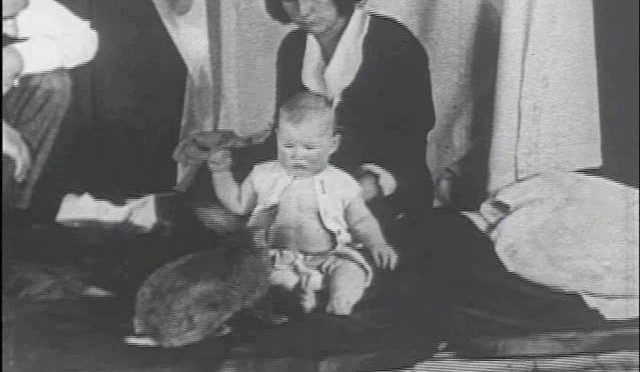
On little boys and furry animals – or what happened to Little Albert?
By Ivan Flis Every scientific discipline has its famous experiments. The case is no different for psychology. In the company of famous psychological experiments, one study is often mentioned as the fulcrum of the behaviorist revolution of American psychology – the story of a little boy named Albert and the attempt to teach him fear.
-
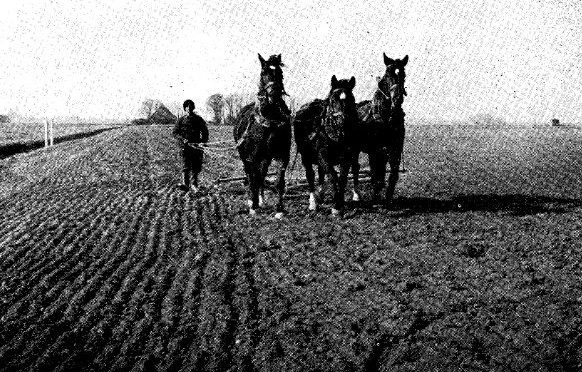
Purity or performance
By Bert Theunissen Of all sports horses competing at the most recent Olympic Games, 30 % were Dutch-bred. And of the ten gold medals available, five were awarded to horses from the Netherlands. This is a remarkable achievement, considering that the Dutch do not have a long tradition in horse breeding like the Germans, the…
-

Embedded in History. An interview with Professor Norton M. Wise.
By Jorrit Smit On the Sunday before Christmas, I bike to the UCLA campus in Westwood for the last time. Out of breath and full of sweat after climbing the hill in a boringly radiant sun, I find professor Norton Wise waiting for me outside Bunche Hall. With a special key he activates the elevator,…
-
“Why do you write?”
Door Timo Bolt Tijdens mijn onderzoek naar de (voor)geschiedenis van evidence-based medicine stuitte ik min of meer bij toeval op onderstaande brief in the Lancet van 24 januari 1976. Why do you write? Sir, – The number of medical papers published is monstruous large. How much has one really learned from last year’s erratic efforts…
-
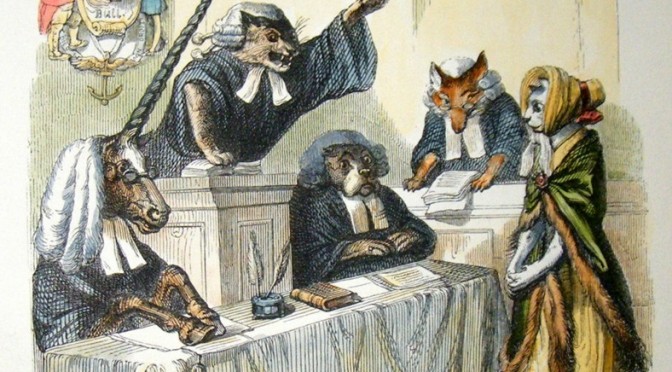
The case of the cat in court
By Noortje Jacobs and Steven van der Laan Do animals carry legal obligations? To the twenty-first century reader of Shells & Pebbles this question might appear to be odd. Surely, only in fables pigs are summoned to appear before a judge to be held accountable for any misdemeanour. Not quite. In past centuries, animal trials…
-

A Rambo Trilogy in Early Modern Europe
An Interview with Professor Margaret Jacob, by Jorrit Smit On one of those sunny, warm, Californian fall afternoons, I meet professor Margaret Jacob in the Herbert Morris Seminar Room on the first floor of Royce Hall in the middle of the UCLA campus. The well-known early-modern scholar has just entertained a crowd of scholars, students…
-
Het belang van een brief
Door Abel Streefland Het was het eerste interview dat ik als promovendus afnam. Dolf de Vries woonde in Buitenveldert in een mooi groot opgezet appartement op de eerste verdieping, tegenover bejaardenhuis Beth Shalom. Een kleine Joodse mijnheer, kwiek voor zijn 86 jaar. Van zijn familie moest hij in huis altijd met een rollator lopen, maar…
-
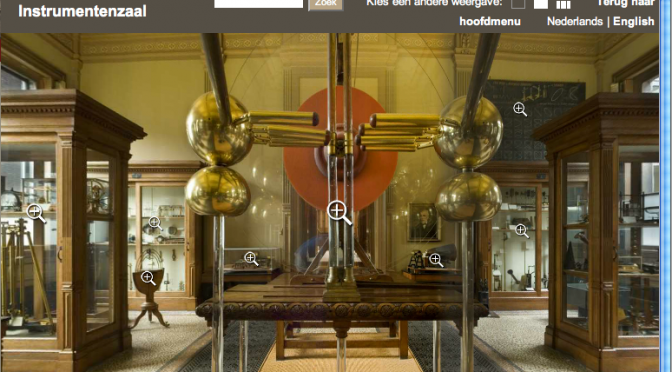
A short introduction to the history of Teylers museums online collection
By Fransje Pansters Teylers Museum is the best preserved public institute for art and science of the 18th century world. The founders wanted to bring together all available knowledge about arts and sciences, as a microcosm of the world. It opened its doors to the public in 1784. People could come to the museum to…
-
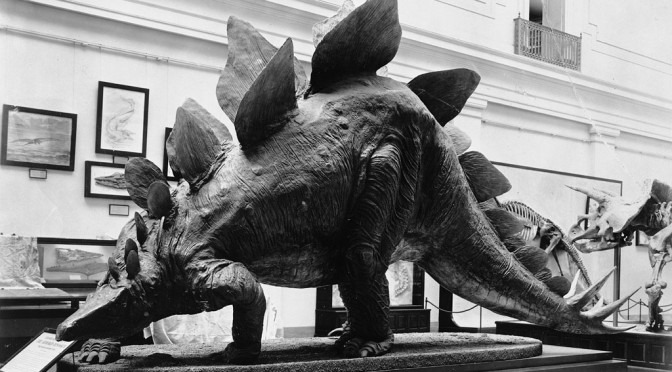
Amsterdam’s dinosaur population
By Ilja Nieuwland Amsterdam may be known for a lot of things, but dinosaurs aren’t usually among them. However, take a walk along the central Plantage Middenlaan in Amsterdam’s Plantage (‘plantation’) district and you will be confronted by two unlikely-looking creatures in the city zoo’s gardens: one is instantly recognizable as Stegosaurus, the other is…
-
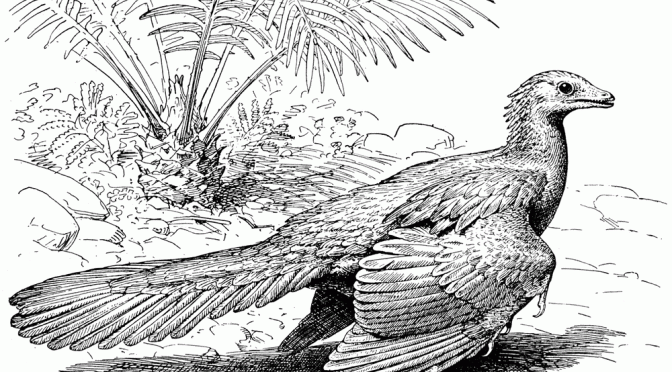
Manfred Reichel’s Archaeopteryxes and the origin of feathered dinosaurs
By Ilja Nieuwland While the rest of the world was dedicating way too much time and resources to exterminating one another, Switzerland remained a relatively tranquil spot in 1941 Europe. In that year, the micropaleontologist Manfred Reichel published an article outlining his views on the ‘first bird’, Archaeopteryx lithographica. Reichel’s text but particularly his illustrations…
-

Wie heeft de grootste?
Door David Baneke De geschiedenis van de moderne sterrenkunde wordt vaak beschreven aan de hand van een opeenvolging van steeds grotere telescopen. Niet zelden lijkt het zelfs op een wedstrijd: wie heeft de grootste? Ook astronomen zelf spreken vaak in die termen – kijk maar eens op de website van enkele grote astronomische organisaties (ESO,…
-
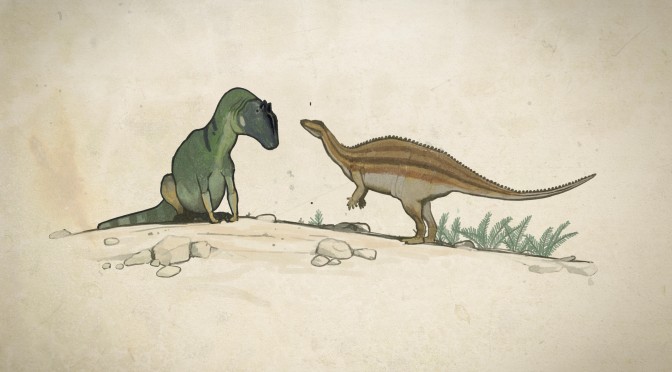
New dinosaurs, old animals
Review of: John Conway, C.M. Kosemen & Darren Naish (2012). All Yesterdays. Unique and Speculative Views of Dinosaurs and Other Prehistoric Animals. London: Irregular Books. Price: (Amazon Kindle E-book) or (Printed version via Lulu.com). By Ilja Nieuwland ‘Paleo-art’, or the art of restoring extinct life, has experienced a number of paradigmatic changes during its two-hundred-or-so-years…
-
Heisenberg en zijn fout: catastrofale gevolgen voor het Duitse atoombomproject?
Door Anne van der Linden Onder leiding van de Verenigde Staten werden de eerste atoombommen ontwikkeld tijdens de Tweede Wereldoorlog. Ook Duitse wetenschappers hielden zich in deze periode bezig met het ontwikkelen van een atoombom. Het mag duidelijk zijn dat ze hier niet in slaagden. De Nobelprijswinnaar Werner Heisenberg was een van de wetenschappers die…
-
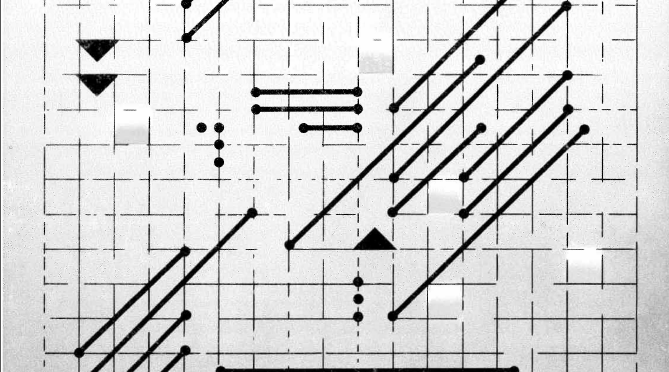
The (forgotten) Dutch attempt to stimulate IT education
By Katrin Geske In January 1984, three ministries, the Ministry of Economic Affairs, the Ministry for Science and Education, and the Ministry for Agriculture and Fishery[1] established a policy for stimulating information technology (IT) made in the Netherlands: the Information Technology Incentive Plan (the Dutch name was INformatica StimuleringsPlan, hereafter INSP). In this program, the…
-
De krant over wetenschap: 15 jaar later
Door Jeroen Bouterse ‘Apenvaccin mogelijk basis voor hiv-medicijn’; ‘Kleine vleermuis onthult geheim van een lang leven’. Vraagt u zich bij dit soort kopjes, en de bijbehorende artikelen, ook wel eens af wat er later van wordt? Ik heb het alvast uitgezocht.
-
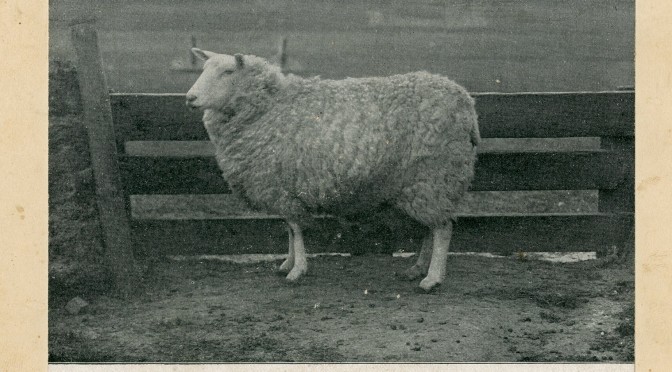
Schapen, academici en liefhebbers
Door Jesper Oldenburger Geschiedenis en geschiedschrijving zijn zeker niet enkel en alleen binnen de academische muren gehuisvest. Geschiedenis is populair en talloze niet-academici houden zich momenteel, zowel op individuele basis als binnen een historische vereniging, bezig met het verleden. Naar aanleiding van een recente trip naar het schapeneiland Texel bespreek ik de verhouding tussen academische…
-
The Power of Technology: Computing Equality in the 1980s (and How it Failed)
By Katrin Geske Realizing the demands of a modern state – think for instance of complex social security or tax systems – takes more than just a good idea and the intention to make it happen. The role of fully automated systems has increased immensely over the past 50 years and their importance was (and…
-
Of Embryos and Transmutation IV – there and back again
By Robbert Striekwold Throughout the 19th century, ideas concerning embryonic and species development were joined together in a unification that many biologists took to be self-evident. Near the end of that century they split up, however, and embryology was largely left out of the Modern Synthesis of Darwin and Mendel. That is, until several spectacular…
-
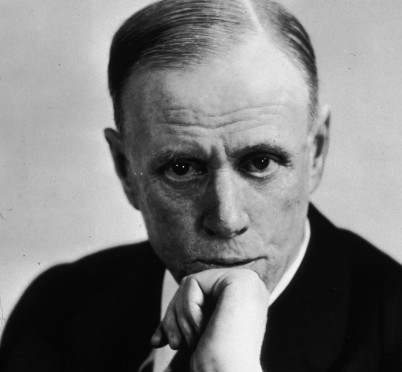
Sinclair Lewis’ Arrowsmith: Why everyone should read this 1925 medical novel
By Noortje Jacobs For my research, I came across the Pulitzer Prize winning novel Arrowsmith, written by Harry Sinclair Lewis (1885-1951) in 1925 and based upon the experiences of the (by now) famous bacteriologist Paul de Kruif (1890-1971). One of the most widely read medical novels of the twentieth century, Arrowsmith has often been lauded…
-

Varkenssteden in Boedapest
Door Steven van der Laan In de kersteditie van landbouwblad De Veldbode verscheen in 1904 een klein artikel getiteld “De grootste varkensmesterij van Europa”, over een onwaarschijnlijk grote varkenshouderij in Boedapest. Dat er in die tijd varkenshouderijen op industriële schaal bestonden, is algemeen bekend: beroemd zijn de Union Stock Yards in Chicago, die in die…
-
Incredibly Obscene Research in the Age of Purity: Four Pioneering Studies on Toilet Graffiti
By Hans Schouwenburg In a previous article I showed how fraternity students in the Utrecht University Library use phallic symbols to define their mutual identity vis-à-vis other groups. This time, I will look at the researchers who have studied toilet graffiti. I will review four pioneering studies on the subject that were published in the…
